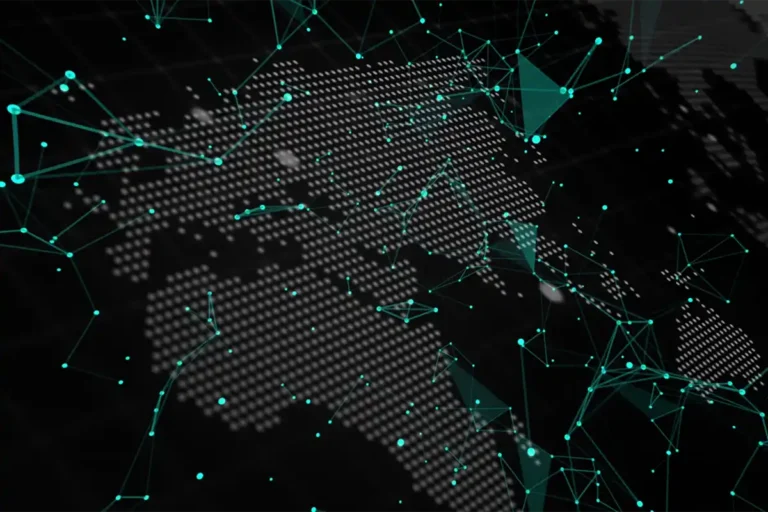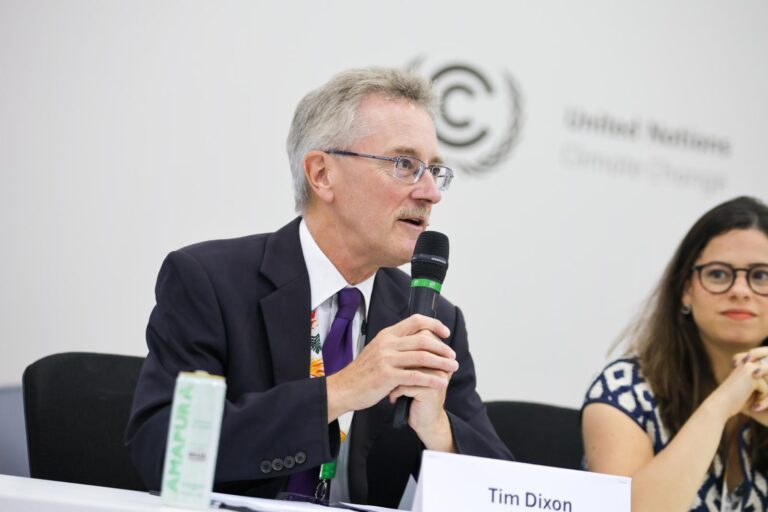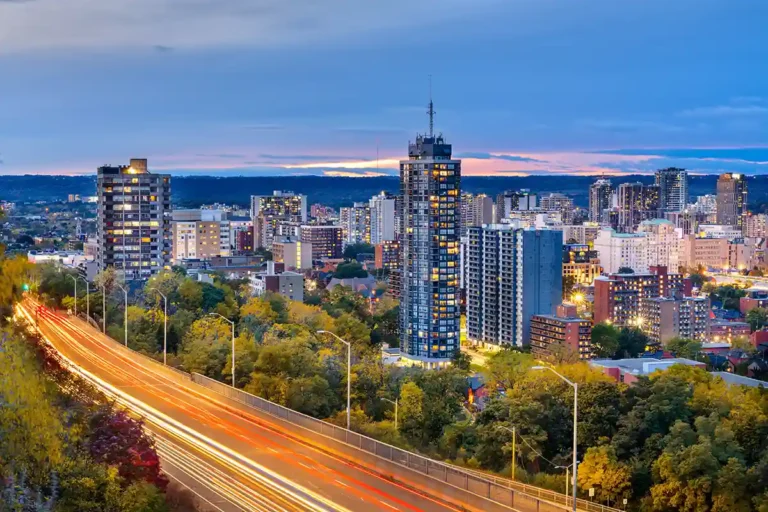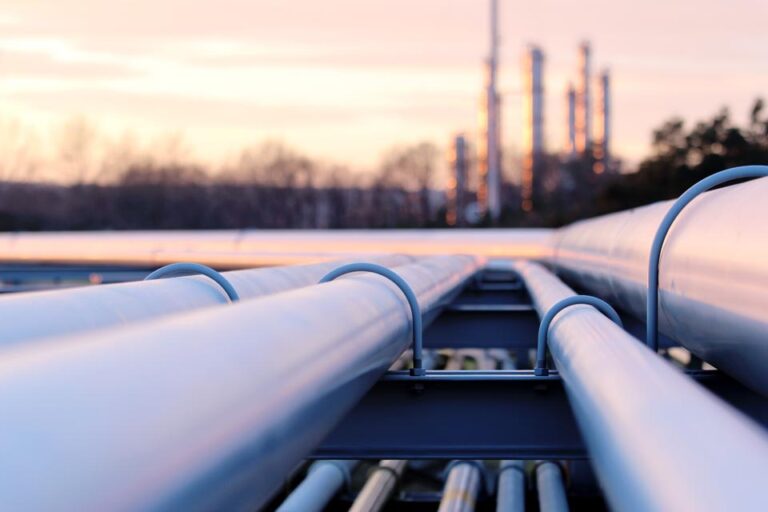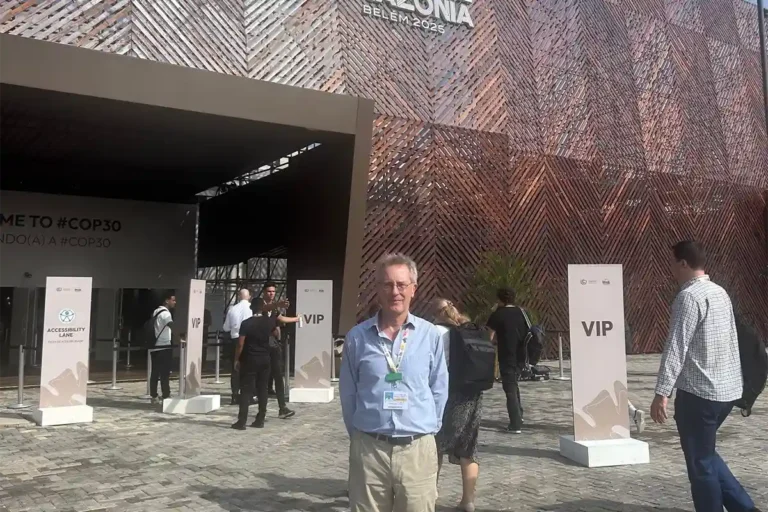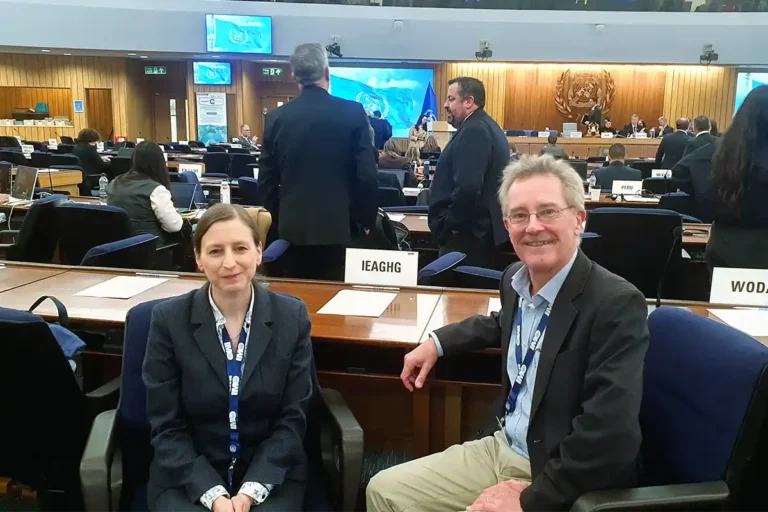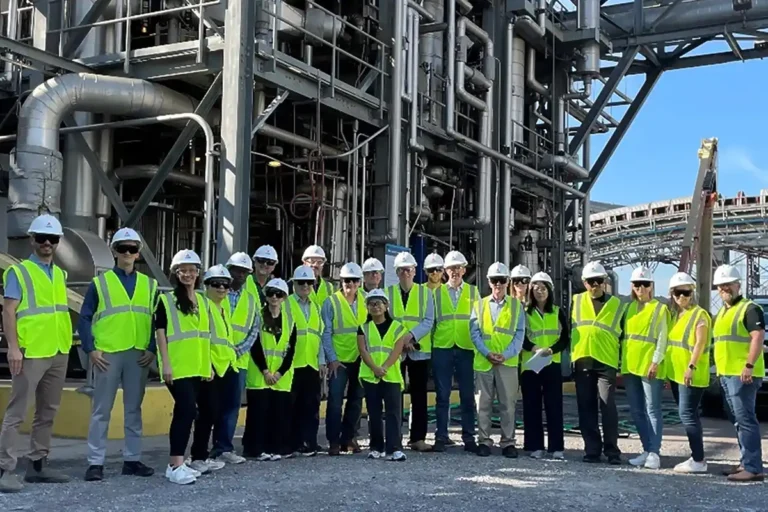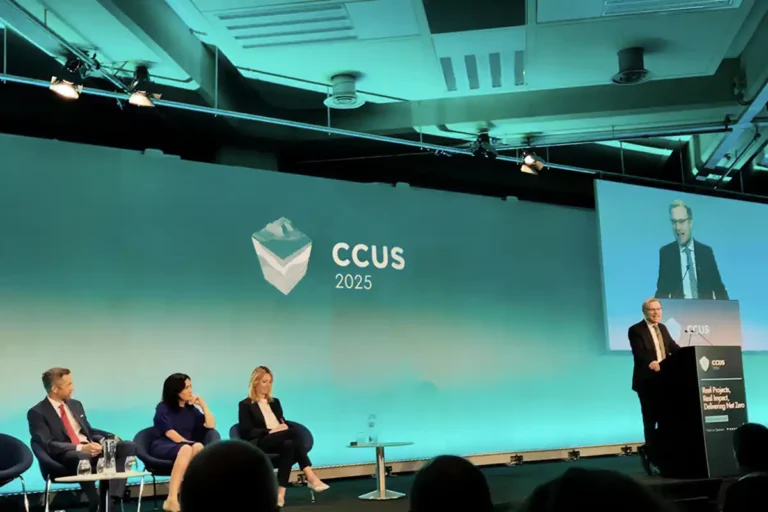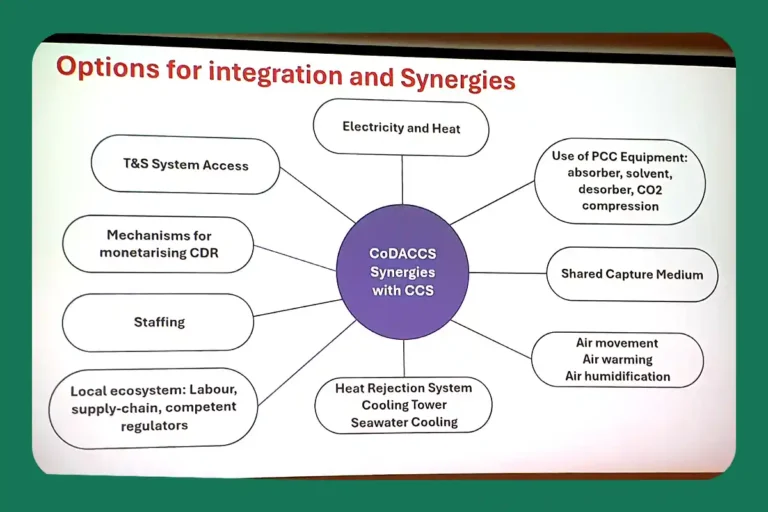
2018 NETL CO₂ Capture Technology Project Review Meeting
20 August 2018

Once again, I had the pleasure to attend the 2018 NETL CO2 Capture Technology Project Review Meeting, which took place in Pittsburgh from the 13th to the 17th August. This event was packed with the last advances made in the NETL funded projects. Please see the following information papers containing further information:
- 2018-IP29; 2018 NETL CO₂ Capture Technology Project Review Meeting: Advances in hybrid technologies
- 2018-IP30; 2018 NETL CO₂ Capture Technology Project Review Meeting: Advances in membranes
- 2018-IP31; 2018 NETL CO₂ Capture Technology Project Review Meeting: Solvents
Compared to the previous edition, this year the scale-up of carbon capture technologies was the focal point of such event. NCCC, TCM and University of Kentucky were protagonists of several testing campaigns, while synergies between developers and research groups have been essential to construct effective projects consortia. Still, the traditional MEA-based process is used as reference case for the techno-economic analysis, which might not represent the current benchmark technology. However, new systems seem to cut down carbon capture costs over the traditional case and are accumulating operation hours at bench scale, from where we can extract experience for future large demonstration projects. Thanks to those demonstration projects, the confidence on carbon capture technologies is increasing and economic figures are becoming more accurate.
Solvents were leading several research lines, while membranes were presented by themselves and in combination with other capture technologies within hybrid systems.
As conclusions:
a) integration is key to enhance systems containing high TRL technologies and its optimization will represent important cost reductions;
b) hybrid technologies exhibit advantages over single systems but are more complex, not only for its integration but its operation. The carbon footprint and costs must be critically analysed;
c) it is important to present CO2 avoidance/ capture cost figures and capture/avoidance rates, as many technologies cannot achieve high capture rates and/or will imply high energy consumption, which will have added CO2 emissions associated
This year, chemical looping and oxyfuel technologies were presented in parallel sessions to membranes, chemical absorption and hybrid systems, contrary to the 2017 event, where those were presented during the last day. CO2 utilization advances were described on the 16th and 17th August and represented another pathway to the storage and EOR (enhanced oil recovery). Circular economy is key and, although some of those pathways represent smaller CO2 consumers, the future low carbon scenario will be a combination of multiple solutions as for the energy mix as for the reuse of CO2.
We are looking forward to the future edition next year. In the meantime, we will monitor the projects presented in this event and we will keep track of last developments during GHGT-14 in Melbourne (Australia, October 2018).
Other articles you might be interested in
Get the latest CCS news and insights
Get essential news and updates from the CCS sector and the IEAGHG by email.
Can’t find what you are looking for?
Whatever you would like to know, our dedicated team of experts is here to help you. Just drop us an email and we will get back to you as soon as we can.
Contact Us NowOther articles you might be interested in
Get the latest CCS news and insights
Get essential news and updates from the CCS sector and the IEAGHG by email.
Can't find what you are looking for?
Whatever you would like to know, our dedicated team of experts is here to help you. Just drop us an email and we will get back to you as soon as we can.
Contact Us Now

